The Power of Read-Alouds for ESL Students
As ESL teachers, one of the biggest challenges we face is balancing the need to teach grade-level content while ensuring that our ESL newcomers understand and engage with the material. Often, these students are navigating not only a new language but also a new culture and educational system. It can be overwhelming for them, and we are tasked with finding strategies to make learning accessible and meaningful.
Why Picture Read-Alouds?
Picture books are especially effective because they offer visual support that helps students grasp the meaning of the text (comprehensible input). Research shows that when students are exposed to both visual and verbal input, they are able to understand new vocabulary and concepts more effectively (Silverman, 2007). For ESL students, this is especially important as they rely on visuals to comprehend new language.
My Go-To ESL Read-Aloud for Back to School: The Name Jar
One of my favorite read-alouds for the beginning of the school year is The Name Jar by Yangsook Choi. If you’re unfamiliar with this book, it tells the heartwarming story of Unhei, a young Korean immigrant who is unsure whether to keep her Korean name or adopt an American one. This dilemma is something many of our multilingual students may relate to, making it a great way to connect with their experiences.
Aside from the beautiful storyline and the important message about embracing one’s cultural identity, The Name Jar is incredibly useful for teaching both basic and advanced vocabulary in the ESL classroom. Here’s how I use it:
1. ESL Tier 1 Vocabulary:
The story introduces everyday vocabulary related to feelings, school, community, neighborhood places and names, which is essential for students just beginning to learn English. For example, while reading about Unhei’s first day on the bus, we discuss words like sad, happy, nervous, and angry. This not only builds their vocabulary but also helps them express their own emotions. When Unhei goes shopping with her mom and they visit their multicultural neighborhood, passing a falafel store, pizzeria, and Korean market, I ask my newcomers to color and label the settings mentioned in the book. This hands-on activity not only reinforces vocabulary but also helps students visualize the diverse environment in which Unhei lives.
2. ESL Tier 3 Vocabulary:
3. Teaching Story Elements to ESL students:
4. Deepening Comprehension:
5. ESL Project: Creating Our Class Name Jar
By the end of this mini reading unit, we create our class jar of names, which serves as a visual representation of our unique identities.
Additionally, students work on the My Name is Unique project, where they explain the meaning of their names, who gave them their names, and why their names are important. This not only celebrates their cultural backgrounds but also reinforces the idea that each student’s name tells a story.
How I Differentiate Read-Alouds for My Students
When I use The Name Jar with my ESL pull-out groups, I always differentiate based on my students’ proficiency levels:
Newcomers/Beginner: For students who are just starting their English journey, I focus heavily on Tier 1 vocabulary and use the visual support provided by the illustrations. I may ask them to trace vocabulary words or match words with pictures to build their language base.
Intermediate: Intermediate students can handle more abstract concepts, so I introduce Tier 3 vocabulary terms like conflict and character’s change. We use sentence starters to help them articulate their thoughts about the story elements.
Advanced: Advanced students are ready to dive deeper into the text. I ask them to make text-to-self connections, predict what will happen next, and discuss more complex ideas like flashbacks and internal conflict.
Conclusion: Why Picture Read-Alouds Work for ESL Students
Read-alouds, especially those like The Name Jar, are invaluable for helping ESL students navigate both language and content. They provide a supportive framework for introducing key vocabulary and literary concepts while also creating a space for students to connect with the characters and story on a personal level. By incorporating read-alouds into our back-to-school routines, we can ensure that all students, regardless of language proficiency, have the tools they need to succeed academically and linguistically.
This approach not only addresses the challenge of teaching grade-level content but also fosters a love of reading and storytelling in our ESL students, helping them build confidence in their new language. I hope this inspires you to bring powerful read-alouds into your classroom this school year!
Happy Teaching!
ESL Resource Meet
Would you like to receive more tips, tricks and freebies?
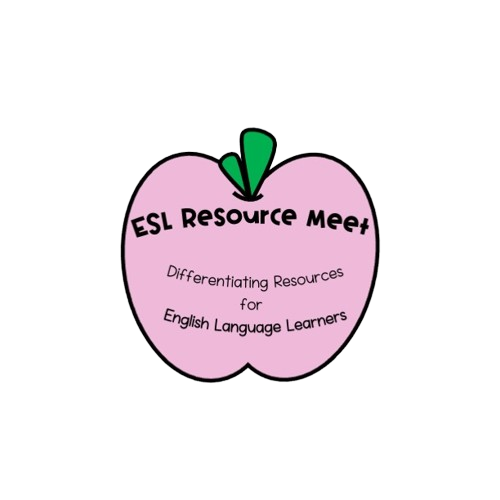















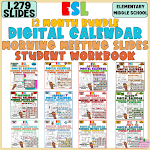




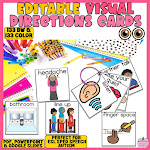




































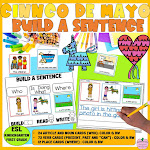







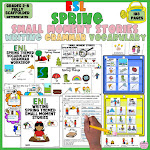




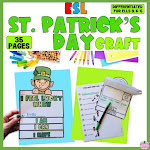

















































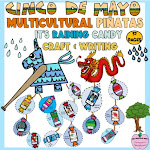






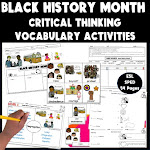
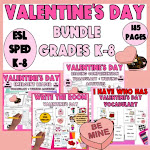
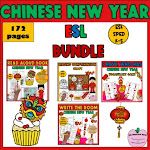







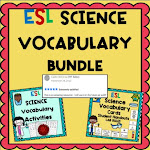




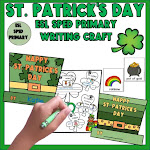





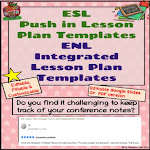




0 Comments